Introduction: Two Critical Heart Emergencies, One Life-Saving Distinction
In moments of crisis, every second truly counts. When confronting heart-related emergencies, the terms "heart attack" and "cardiac arrest" are frequently, and dangerously, used interchangeably. This pervasive misconception can have dire consequences, as these are fundamentally distinct conditions with different underlying causes, unique symptomatic presentations, and, most critically, vastly different immediate interventions required to save a life.
Understanding the profound difference between a heart attack and cardiac arrest isn't merely a matter of medical precision; it is life-saving knowledge that empowers ordinary individuals to respond effectively during an emergency. The ability to correctly identify which event is occurring, and to execute the appropriate immediate actions, can dramatically improve the chances of survival and recovery for someone experiencing either of these devastating cardiovascular crises.
This comprehensive guide aims to meticulously delineate the nuances separating a heart attack from cardiac arrest. We will delve deeply into their physiological mechanisms, explore their respective risk factors, detail their distinct symptomatic profiles, and provide clear, actionable steps for emergency response. Furthermore, we will touch upon crucial preventative measures and emphasize the importance of regular cardiovascular check-ups with a cardiologist, highlighting how platforms like quickobook can simplify the process to book test appointments and specialist consultations, ensuring you are prepared and proactive about your heart health.
Section I: The Heart Attack – A "Circulation" Problem (A Plumbing Issue in the Heart)
What is a Heart Attack? (Myocardial Infarction)
A heart attack, medically termed a myocardial infarction, represents a severe and critical event where the blood flow to a specific section of the heart muscle is suddenly and profoundly reduced, or entirely cut off. This vital blood flow is typically supplied by the coronary arteries, which wrap around the heart, feeding it the oxygen and nutrients it needs to function.
The vast majority of heart attacks are triggered by Coronary Artery Disease (CAD). Over many years, a sticky substance called plaque (composed of cholesterol, fats, and other cellular debris) accumulates on the inner walls of these coronary arteries, a process known as atherosclerosis. When one of these plaques ruptures, the body’s natural response is to form a blood clot at the site of the rupture. This newly formed blood clot acts as a dam, blocking the already narrowed artery, thereby obstructing the flow of oxygen-rich blood to the downstream heart muscle.
Without a continuous supply of oxygenated blood, the affected heart muscle cells begin to starve and die. The duration of the blockage directly correlates with the extent of irreversible damage to the heart muscle. Swift intervention is paramount to minimize this damage.
Primary Causes and Risk Factors for a Heart Attack:
The leading cause is atherosclerosis, exacerbated by various risk factors:
- High Blood Pressure (Hypertension): Damages artery walls, making them prone to plaque buildup.
- High Cholesterol (Dyslipidemia): Contributes directly to plaque formation.
- Diabetes: Accelerates atherosclerosis and damages blood vessels (as discussed in previous blogs).
- Smoking: Damages blood vessel lining, increases blood clot risk, and narrows arteries.
- Obesity: Increases the risk of high blood pressure, diabetes, and high cholesterol.
- Physical Inactivity: Contributes to obesity and poor cardiovascular health.
- Unhealthy Diet: High in saturated/trans fats, sodium, and sugar.
- Family History: Genetic predisposition to heart disease.
- Age: Risk increases with age.
READ ALSO: The Silent Threat: How Diabetes Silently Sabotages Your Heart Health
Key Symptoms of a Heart Attack (Often Gradual and Varied):
Recognizing the symptoms of a heart attack is crucial, though they can be insidious and highly variable. They may not always be sudden, severe, or "Hollywood-like." Symptoms can also differ significantly between men and women.
- Chest Pain or Discomfort: This is the hallmark symptom, often described as pressure, squeezing, fullness, or a dull ache in the center or left side of the chest. It can last for more than a few minutes or may come and go.
- Pain or Discomfort in Other Areas: Pain can radiate to one or both arms (commonly the left arm), the back, neck, jaw, or upper stomach.
- Shortness of Breath: May occur even at rest, with or without accompanying chest discomfort.
- Other Accompanying Symptoms: These include a cold sweat, nausea, vomiting, unexplained lightheadedness, dizziness, or a sudden, overwhelming feeling of fatigue.
- Gender Differences: Women are more likely to experience "non-traditional" symptoms such as shortness of breath, nausea/vomiting, and back or jaw pain, often without severe chest pain.
Crucial Distinction: During a heart attack, the person is typically awake, conscious, and responsive. Their heart is still beating, but a vital part of its muscle is being starved of blood and oxygen.
Immediate Action for a Heart Attack:
- Call Emergency Services (e.g., 911 in the US, 112 in Europe, 999 in UK) IMMEDIATELY. This is the single most important step. Do NOT attempt to drive yourself or let someone else drive you to the hospital. Emergency medical personnel can initiate critical treatments on the way and are fully equipped for immediate complications.
- Chew Aspirin: If emergency dispatchers advise it (and if the person is not allergic and does not have any bleeding disorders), chewing a regular-strength aspirin (approximately 325 mg) can help thin the blood and improve blood flow by inhibiting clot formation.
- Stay Calm: Help the person loosen any tight clothing around their neck or chest. Keep them in a comfortable, resting position, such as sitting down. Reassure them while waiting for help.
Section II: The Cardiac Arrest – An "Electrical" Problem (An Electrical Malfunction of the Heart)
What is Sudden Cardiac Arrest (SCA)?
Sudden Cardiac Arrest (SCA) is a far more dramatic and immediately life-threatening event. It occurs when the heart's sophisticated electrical system suddenly and unexpectedly malfunctions, causing the heart to stop beating effectively. This is an "electrical problem," as opposed to the "plumbing problem" of a heart attack.
When the heart's electrical impulses become chaotic (e.g., ventricular fibrillation) or cease entirely (asystole), the heart can no longer pump blood to the brain, lungs, and the rest of the body. This immediate cessation of effective blood circulation means that the brain is starved of oxygen almost instantaneously, leading to a rapid loss of consciousness and cessation of normal breathing.
Primary Causes of Cardiac Arrest:
While a heart attack can certainly trigger cardiac arrest (by damaging heart muscle and disrupting its electrical stability), they are not the same condition. Cardiac arrest is predominantly caused by an electrical disturbance.
- Underlying Heart Conditions: The majority of SCA cases stem from pre-existing heart conditions that make the heart's electrical system vulnerable:
- Coronary Artery Disease (CAD): Even without an active heart attack, CAD can create "electrical scars" that disrupt normal rhythm.
- Cardiomyopathy: Diseases of the heart muscle (e.g., hypertrophic or dilated cardiomyopathy) can weaken the heart and make it prone to dangerous arrhythmias.
- Inherited Heart Rhythm Disorders: Conditions like Long QT syndrome or Brugada syndrome predispose individuals to life-threatening electrical abnormalities.
- Severe Arrhythmias: Ventricular fibrillation (VF) or ventricular tachycardia (VT) are the most common life-threatening rhythms causing SCA.
- Acute Triggers: In an already vulnerable heart, certain acute events can trigger an electrical malfunction:
- An acute Heart Attack.
- Severe physical stress or exertion.
- Electrolyte imbalances (e.g., severe potassium or magnesium abnormalities).
- Severe blunt chest trauma (Commotio Cordis).
Key Symptoms of Cardiac Arrest (Sudden and Catastrophic):
Cardiac arrest is a sudden, unequivocal emergency with unmistakable signs that demand immediate intervention.
- Sudden Collapse: The person will abruptly fall unconscious.
- No Breathing or Agonal Gasps: The person will not be breathing normally (or at all). They may make occasional, gasping, irregular breaths (agonal gasps), which should NOT be mistaken for normal breathing.
- No Pulse: Crucially, there will be no palpable pulse in the wrist or neck.
- Unresponsiveness: The person will not respond to being shaken, shouted at, or to any other stimuli.
Crucial Distinction: A person experiencing cardiac arrest is unresponsive, not breathing, and has no pulse. Their heart has ceased its effective pumping function. This is clinical death.
Immediate Action for Cardiac Arrest:
Cardiac arrest is a race against time. Brain damage begins within minutes, and survival rates plummet with every passing minute without intervention.
- Call Emergency Services (e.g., 911, 112, 999) IMMEDIATELY. Shout for help and make sure someone is calling for emergency medical aid.
- Start Hands-Only CPR without Delay: If you are untrained in conventional CPR with rescue breaths, begin "hands-only" chest compressions. Push hard and fast (about 100-120 compressions per minute) in the center of the chest (lower half of the breastbone), compressing at least 2 inches deep. Continue uninterrupted until emergency medical personnel arrive or an AED is brought.
- Use an Automated External Defibrillator (AED) if Available: If an AED is nearby, retrieve it immediately. These devices are designed to be user-friendly, providing clear voice prompts and visual instructions. An AED delivers an electrical shock that can reset the heart's electrical rhythm, potentially restoring a normal heartbeat.
- Time is Tissue: Remember, for every minute without CPR and defibrillation, the chance of survival decreases dramatically. Rapid, effective CPR and prompt defibrillation are the only hope for survival.
Section III: The Fundamental Differences – A Clear Contrast
To ensure clarity, let's explicitly highlight the fundamental distinctions between these two critical heart emergencies. A heart attack is a circulation issue – a "plumbing problem" caused by a blockage preventing blood from reaching the heart muscle. The heart is still beating, and the person is usually conscious, though in severe distress. Their primary danger is that part of their heart muscle is dying, and this can lead to further complications, including cardiac arrest.
In stark contrast, cardiac arrest is an electrical issue – a "wiring problem" where the heart's electrical system malfunctions, causing it to stop pumping blood effectively. The person becomes immediately unconscious, stops breathing, and has no pulse. This is an immediate life-or-death situation requiring urgent CPR and defibrillation. While a heart attack can certainly cause cardiac arrest, they are not the same event and demand distinct initial responses. Recognizing this difference is the first step in providing effective help.
Section IV: Prevention and Preparedness for Heart Emergencies
While not all emergencies are unavoidable, a substantial number of heart attacks and cases of cardiac arrest can be prevented or mitigated through diligent cardiovascular health management and preparedness.
Preventing Heart Emergencies (Proactive Health Management):
The best offense is a good defense when it comes to your heart.
- Manage Risk Factors Aggressively: It's crucial to proactively control conditions like high blood pressure, high cholesterol, diabetes, and obesity. Regular monitoring and adherence to treatment plans are key. Your primary care physician can guide you, and a cardiologist can provide specialized care.
- Adopt a Heart-Healthy Lifestyle:
- Regular Physical Activity: Aim for at least 150 minutes of moderate-intensity aerobic exercise per week, combined with muscle-strengthening activities.
- Balanced Nutrition: Prioritize a diet rich in fruits, vegetables, whole grains, lean proteins, and healthy fats. Limit processed foods, excessive sodium, added sugars, and unhealthy saturated/trans fats.
- Maintain a Healthy Weight: Achieving and maintaining a healthy body weight significantly reduces strain on your heart and improves overall cardiovascular health markers.
- Quit Smoking: Smoking is one of the most destructive habits for your heart, dramatically increasing the risk of both heart attack and cardiac arrest. Seek support to quit.
- Regular Medical Check-ups: Consistent visits to your doctor and, if advised, a cardiologist, are paramount. These visits allow for early detection and management of underlying heart conditions or risk factors before they escalate into critical emergencies. Don't hesitate to book test appointments for screenings like cholesterol levels, blood pressure, and blood sugar. Platforms like quickobook offer a convenient way to book test appointments and schedule consultations with specialists, making it easier to stay on top of your preventative care. It's never been simpler to find a reputable cardiologist and book test procedures that could literally save your life.
Being Prepared for an Emergency (Empowering Bystanders):
Your actions in the first few minutes of a heart emergency can be life-saving.
- Learn CPR: Hands-Only CPR is straightforward to learn and incredibly effective. Many organizations offer short, accessible training courses. Knowing CPR empowers you to act confidently in an emergency.
- Know Where AEDs Are Located: Familiarize yourself with the location of Automated External Defibrillators (AEDs) in public spaces you frequent (e.g., gyms, airports, schools, offices, community centers). These devices are designed for public use and can literally restart a heart in cardiac arrest.
- Create an Emergency Plan: Discuss with family members what to do in a heart emergency. Know who to call, where important medical information is, and who can perform CPR.
- Medical Identification: If you have a known heart condition, consider wearing a medical ID bracelet or necklace.
Conclusion: Knowledge Empowers Action and Saves Lives
The distinction between a heart attack and cardiac arrest is not merely an academic exercise; it is a fundamental piece of knowledge that can empower individuals to act decisively and effectively in a crisis. A heart attack is a "plumbing" problem where blood flow is blocked, resulting in dying heart muscle; the person is usually conscious. Cardiac arrest is a catastrophic "electrical" malfunction where the heart stops effectively pumping blood; the person is unresponsive and not breathing. While a heart attack can trigger cardiac arrest, they demand different immediate responses.
By understanding the distinct symptoms and immediate actions for each—calling emergency services for a heart attack, and immediately initiating CPR and deploying an AED for cardiac arrest—you position yourself as a crucial link in the chain of survival. Do not wait for a crisis to strike; educate yourself, take vigorous preventative measures, and remember that easy doctor booking for routine check-ups and specialist consultations (like with a cardiologist) is readily available through services such as quickobook. Regular health assessments, timely interventions, and personal preparedness are your most potent tools in protecting heart health and, potentially, saving a life. Your knowledge and readiness can truly mean the difference between life and death.
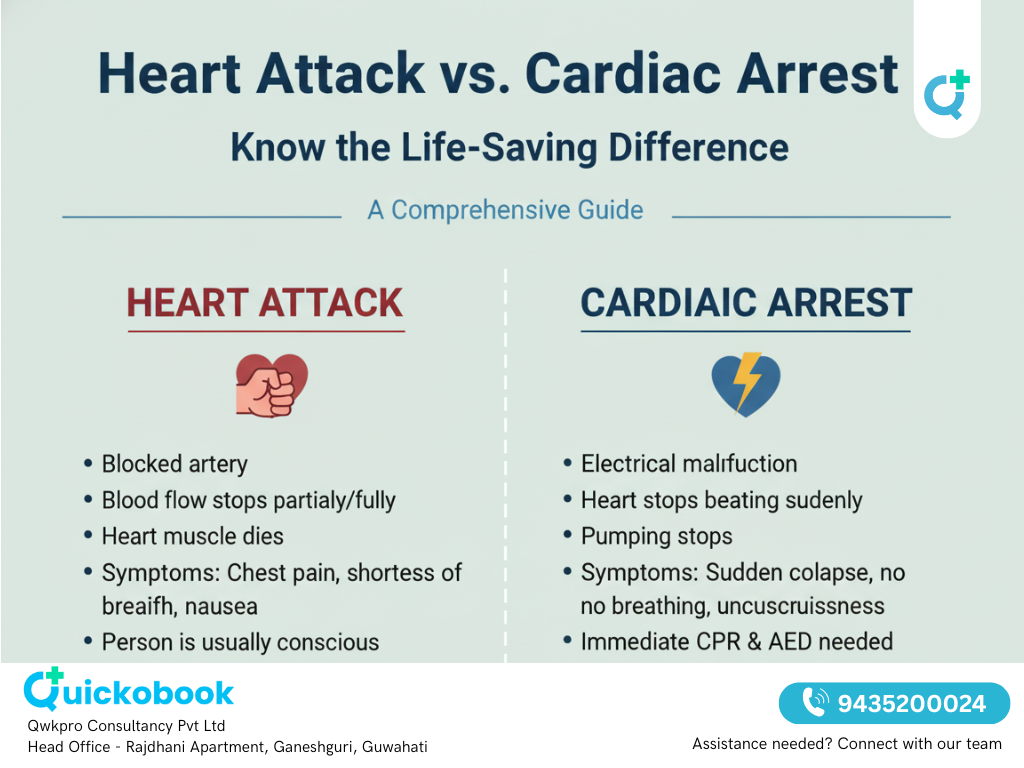

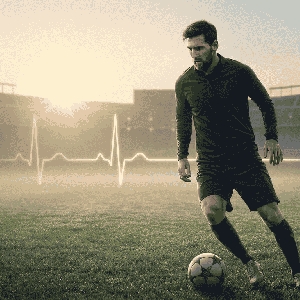
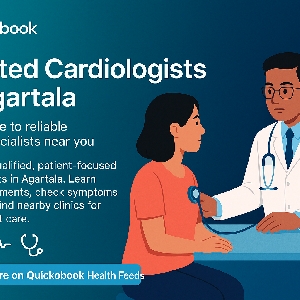
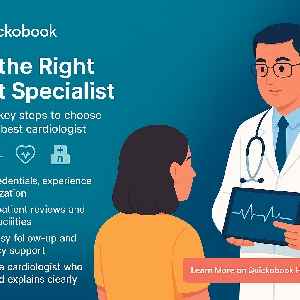
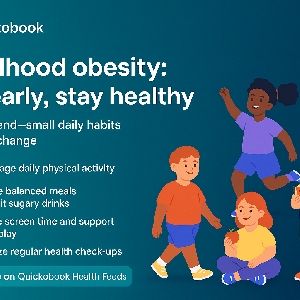
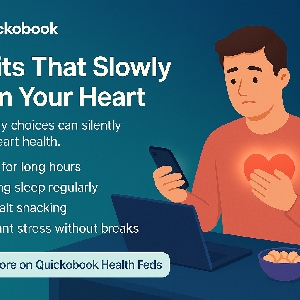



Comments (0)
No comments yet. Be the first to share your thoughts!
Leave a Comment